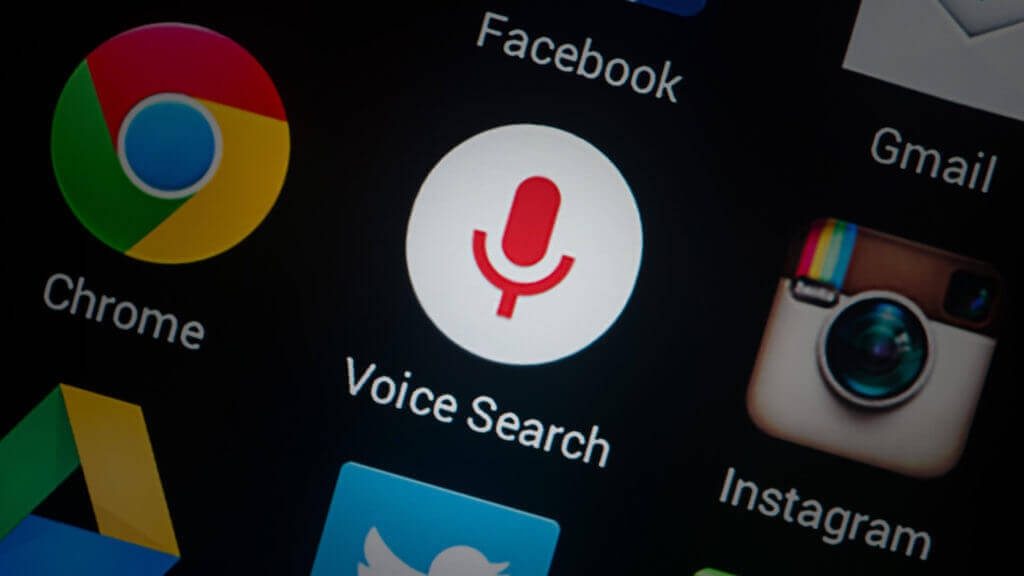
Did you know that 40% of US adults use voice search per day? According to Search Engine Watch, people now perform 35 times more voice searches on Google than in 2008. Nowadays, speech recognition technology is more precise—with only an 8% error rate!
Have you also noticed that many consumers have recently bought devices that use voice searches? In fact, 2017 was the year that voice recognition truly took off, thanks to the popularity and adoption of home devices, such as Google Home and Amazon Echo. Who would say “no” to the ability of controlling devices with their voices and searching for content on the web by simply talking to a machine?
Using our voices is indeed the most natural way to communicate. By talking to a smart phone or other device, without the need to use a keyboard or screen, we can carry out more tasks at the same time and access content more quickly and easily. Google even revealed that 38% of people talk on the phone while watching television and 23% of adults use voice search while cooking. These technological innovations and new ways of communicating and searching for content nevertheless impact companies and how they market their products and services.
Devices used for voice searches
According eMarketer, there are over 45 million voice-assisted devices currently being used in the United States. This number is likely to climb to 67 million by 2019. Some of the more widely recognized voice AI systems are Google Home, with its Google Assistant, Amazon Echo with Alexa, and Apple HomePod with Siri. There are also assistants on smartphones, including Cortana for Microsoft and Bixby for Samsung. Although voice recognition has been around for a few years, the market is now seeing a significant increase in the popularity and use of smart, connected devices. If Siri is currently handling more than 2 billion voice queries each week, imagine what the future holds!




